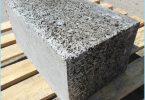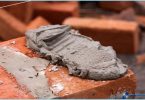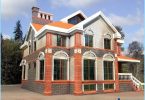The contents
- What to know the number of pieces of silica brick in a cube of material
- How it works at a construction site
Starting any business, you need to carefully consider all the details and create a detailed plan of work required. This also applies to construction. The more attention you give to thinking through all aspects of the future housing development, the best will get the result.
Construction is a large scale and requires significant material costs. Therefore, in order not to get stuck midway with an unfinished house, you need to calculate in advance the required amount of construction materials, particularly for bricklaying. The calculation is laid out the area in square metres often depend on how many cubic meters of material used.
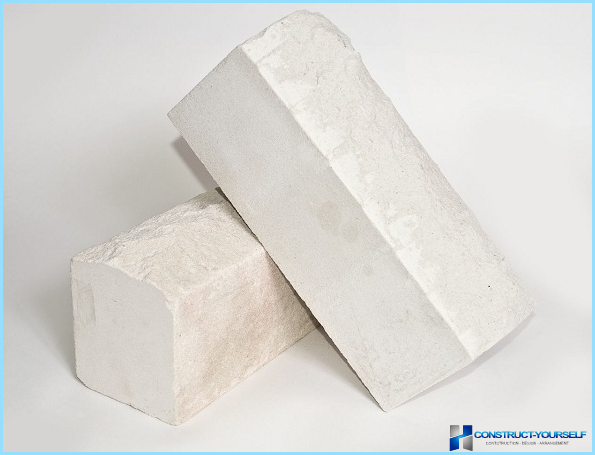
What to know the number of pieces of silica brick in a cube of material ↑
Any construction is to work with a calculator in his hands. Additional costs in laying of silica bricks. The logistics of construction require to know exactly how much of what you need and what transport will be required to deliver a certain number of cubic meters of sand-lime brick.
Depend on it support costs and payment for the processing of sand-lime brick:
- Masonry on masonry get paid for the number of cubes stacked sand-lime brick, and they will argue with how much silicate material are stacked;
- From the cubic capacity depends on the number of times to run the transport for the delivery of sand-lime brick;
- How much silicate material has been lost, stolen or broken.
How it works at a construction site ↑
On the one hand, the purchase immediately all the necessary material, accurate knowledge of how much weight a particular material for construction, will allow to save on transportation costs and time costs. On the other hand, a careful calculation of area in square meters will allow you to avoid future problems with mismatched appearance parties facing blocks, with the urgent need to bring to the site a couple of bags of cement or the cube material. Besides, when purchasing extra stone, or other materials will be thrown extra money that can and should be spent on more essential expenses.
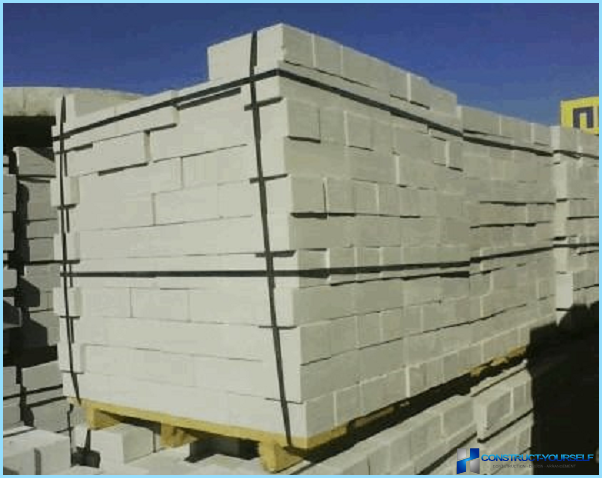
Silicate block weighs a lot. How much exactly it weighs a thousand pieces or cube of stone, depend on your shipping costs. Reference cube solid sand-lime brick weighs from 1700 to 1900 lbs. of Such sand-lime brick weighs 3,7-3,8 kg.
Therefore, the question of calculation as required amounts of construction materials, should be approached very carefully. After all, the extra couple of cubes of stone then will be a headache, where to store, what to do, well, if you can sell it or use on the farm. Therefore, if you plan building a house of brick, we have to calculate the volume and area in square metres for future walls, how many bricks will be required for the construction of all walls the desired thickness and height.
Consider the standard ↑
Separately you need to calculate how much you will need building materials, and the area in square metres of the walls, which are supposed to impose the clinker bricks. Don’t forget to consider the width of the mortar. The resulting values of the number of pieces to recalculate the number of cubes of stone that will need to buy.
The data we will need for subsequent calculations with the masons.
Fortunately for us, gone are the days when every owner of a brick factory could produce a brick of this size, which was convenient to him. With the start of mass use of calcium silicate bricks in building construction sizes of the manufactured bricks were brought into compliance with the requirements of GOST.
Calculating how many blocks in a single cube, and as necessary for construction, need to know the size of a single stone.
According to the standards of GOST bricks are manufactured in the following basic sizes: single, Queen and double. The first has the size 250h120h65 mm. the Volume of one brick, if you remember school lessons, can be calculated by sequentially multiplying the three given values. For ease of calculation you need to bring them to meters. The volume of one of the stone turns 0,00195 mThree. To determine how much of silicate rocks placed in a single cube, you need to divide 1 mThree the volume of one brick. It turns out 512 blocks in one cube.
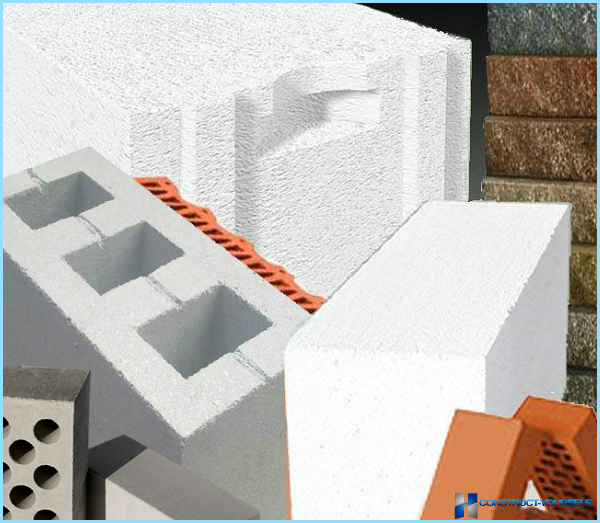
Half a block and one half 250x120x88 mm, differ only in height. Similarly, the multiplied linear dimensions of half bricks, obtained the volume of one unit – 0,00264 mThree. Divide the cube to the volume of one single block, get the 378 pieces of 1 mThree.
Double block has dimensions 250х120х138 mm. fits In a single cube 255 dual bricks.
There are also stones of non-standard sizes, which refer to the decorative facing stones, is sometimes important to know the area of brickwork in square metres. Their number in Cuba you can determine by measuring the linear dimensions of one block, and then, using the examples listed above, calculate the required values.
Features of the calculation in practice ↑
Particularly meticulous and pedantic developers should bear in mind that it is possible to calculate required building material, up to several pieces will fail because you need to make allowances for a certain percentage of broken and defective material (on average 5% of the total). In the case of the use of masonry bonded with wall dressings the percentage of rejected material may rise to 12%. If you include in the design of buildings of various decorative arches, ribs, semi-circular arches, focuses on the decline of the broken bricks up to 15%.
The number of concrete blocks 1 mThree brickwork for obvious reasons, will not coincide with the value in the 1st,Three Packed at the factory.
To correctly count the number of blocks for the construction of a concrete wall, you need to know the size of the wall you want to put (length, width, height) and what kind of walls it is necessary to pay, and take into account the thickness of the seams. The thickness of joints in different of masons may be slightly different, you need to keep this in mind, calculating the required number of pieces. Also, how many stitches done depends on the size of the bricks, the larger the block size, the fewer stitches you’ll have per square meter of masonry.
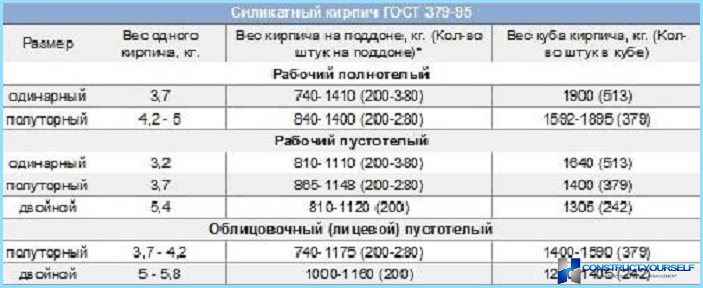
Conclusions ↑
You can manually count how many stones considering the thickness of the seams and the type of masonry will be laid out in a single cube wall. But it is better to use ready-made tables in which the data on the number of units subject to mortar joints and wall thickness.

